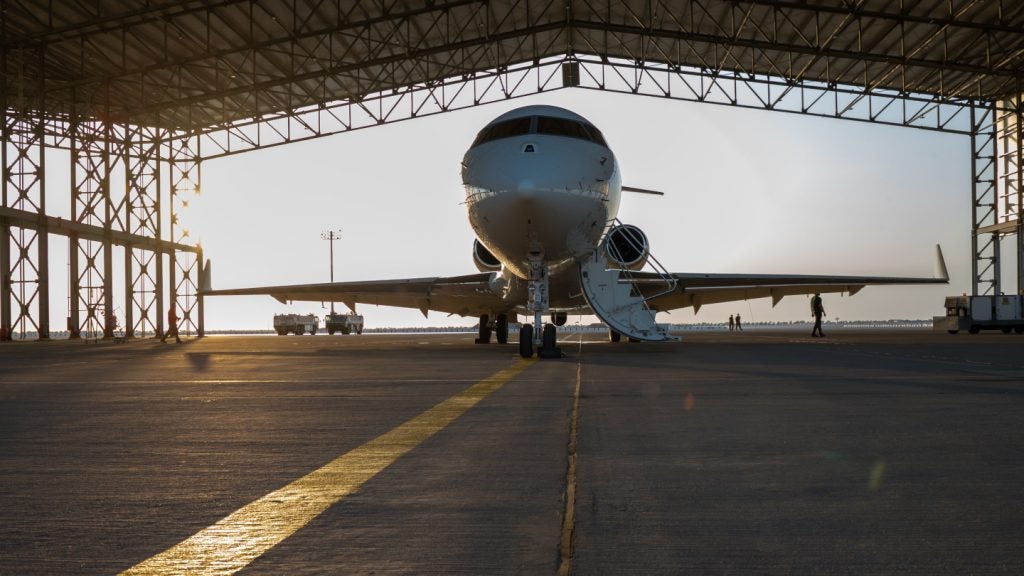HH-101A Caesar medium-lift helicopter is designed and developed by Leonardo Helicopters (formerly AgustaWestland), based on the AW101 Combat Search and Rescue variant to meet the future operational requirements of the Italian Air Force.
The helicopter entered service with the Air Force’s 15th Wing in Cervia in June 2015. It is intended for special operations and personnel recovery missions and can also be used for search and rescue (SAR), medical evacuation (medevac) and slow mover intercept (SMI) operations.
A total of 15 HH-101A Caesar helicopters have been ordered to replace the Italian Air Force’s current fleet of Agusta / Sikorsky HH-3 Pelican amphibious medium-lift helicopters. The first two aircraft are configured for personnel recovery and special forces missions.
Maiden flight of the first HH-101A took place at Leonardo Helicopters’ Yeovil facility in the UK in March 2014.
HH-101A Caesar helicopter design and features
The AW129 multirole combat helicopter is the latest variant of the A129 Mangusta (Mongoose) helicopter in service with the Italian Army.
The HH-101A Caesar helicopter features a versatile design and crashworthy airframe. It can be operated autonomously in harsh weathers and hostile environmental conditions and has a 30-minute transmission run-dry capability.
It is fitted with five advanced profile composite main rotor blades and four fully articulated tail rotors. The aircraft has efficient landing gear with castering / steerable nose-wheels permits safe for landing on rough terrains. Other features of HH-101A Caesar include a hydraulically-operated rear ramp, large cabin windows, and a wide cargo door.
The 22.83m-long and 6.66m-high helicopter has a rotor diameter of 18.6m, empty weight of more than 5,500kg and maximum gross weight of 15,600kg. A cargo hook attached to the helicopter supports external loads up to 4,536kg.
The HH-101A can be configured to accommodate a crew of up to five members and 20 fully-equipped personnel or six crew and eight special operation troops. An active control of structural response (ACSR) is installed to reduce the crew fatigue.
Search and rescue equipment aboard the HH-101A includes a wireless intercom system, medical treatment module, dual rescue hoist, sea tray, controller, fast roping / rappelling, and stretcher racks. The air-to-air refuelling and hover-in-flight refuelling capabilities of the helicopter provide extend the flight endurance.
Cockpit and avionics
The NVG-compatible glass cockpit provides superior situational awareness for the operators. It is installed with five 10in x 8in displays, synthetic vision system, digital map, integrated mission console, and a mobile phone. Operators are provided with helmet-mounted displays with head tracker.
The integrated avionics suite consists of four-axis automatic flight control system (AFCS), traffic collision avoidance system (TCAS), helicopter terrain awareness systems (HTAWS), proximity detection system, TETRA radio communications system, and a mission recorder, as well as direction-finding and automatic identification systems (AIS), LIDAR obstacle detection system, and satellite communications (satcom) systems.
It also features an instrument flight rules (IFR) navigation suite, advanced 180° Gabbiano radar, health and usage monitoring systems (HUMS), and high-definition electro-optical sensors.
Weapons onboard HH-101A Caesar helicopter
The HH-101A Caesar helicopter is fitted with three M134 7.62mm pintle-mounted Gatling-type machine guns on both sides as well as on the rear ramp.
Countermeasures
An integrated electronic warfare system is installed to provide self-protection against radar, laser and infrared threats. It also protects the machine gun operators and the critical systems from ballistic threats. The cockpit seats are armoured to provide additional protection for the crew.
The helicopter also features large aircraft infrared countermeasures (LAIRCM), direct-attached storage (DAS), and directional infrared countermeasures (DIRCM).
In June 2011, Elbit Systems was awarded a contract worth $15m by Elettronica for the supply of ELT/572 DIRCM system for the HH-101A Caesar.
Engine and performance
Powered by three civil-certified GE CT7-8E engines, the helicopter can reach a maximum cruise speed of 277kmph and a maximum range of 1,363km. Each engine has a take-off power of 1,884kW and a maximum continuous power of 1,522kW.
The helicopter has a standard internal fuel capacity of 5,135l, and carries 649l in a small USG auxiliary fuel tank and up to 1,389l in a large USG auxiliary fuel tank.
The aircraft has rate of climb of 8.5m/s, a service ceiling of 4,570m and a hovering IGE of 3,307m. It can endure for six hours and 50 minutes, when powered by two engines.













